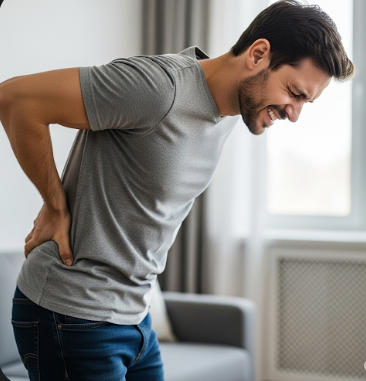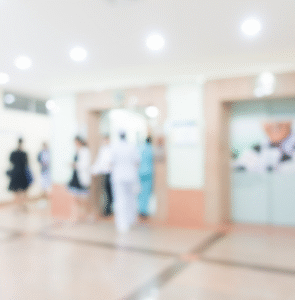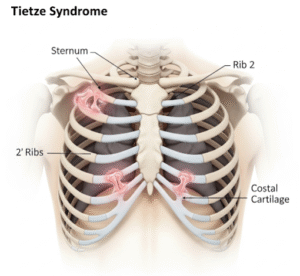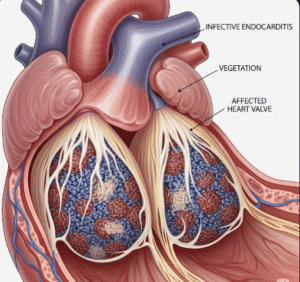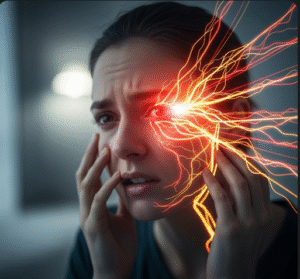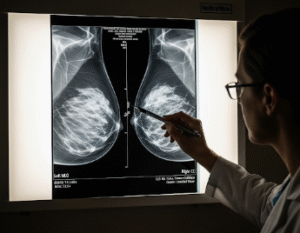Overview
Back pain is one of the most common health complaints worldwide and a leading cause of disability, affecting people of all ages and lifestyles. It can range from mild, short-term discomfort to severe, chronic pain that significantly impacts daily life and mobility. The pain may be localized to a specific area of the back or radiate to other parts of the body, such as the hips, legs, or arms, depending on the underlying cause. In Korea, back pain is a frequent reason for medical visits, and the country is well-known for offering advanced diagnostic methods and innovative treatments, including both Western medical approaches and traditional Korean therapies like acupuncture and Chuna manual therapy. The combination of state-of-the-art medical technology and holistic care options makes Korea a leading destination for back pain treatment, especially for those seeking minimally invasive solutions.
What is Back Pain?
Back pain refers to discomfort, stiffness, or aching sensations in the upper, middle, or lower regions of the back. It can result from various conditions affecting muscles, ligaments, discs, nerves, and vertebrae. Back pain is generally classified into:
- Acute back pain – lasting less than six weeks, often triggered by sudden injury or strain
- Subacute back pain – lasting between six and twelve weeks
- Chronic back pain – persisting for more than twelve weeks, often linked to degenerative conditions or long-term health problems
The location of the pain can help determine its cause. For example, lower back pain often involves lumbar spine issues, while upper back pain may relate to muscular tension or thoracic spine problems.
Symptoms
Back pain symptoms vary depending on the underlying cause, severity, and affected area. Common symptoms include:
- Dull, aching pain in the back
- Sharp or stabbing pain during certain movements
- Stiffness or reduced flexibility
- Muscle spasms or cramping
- Pain radiating to the buttocks, legs (sciatica), or shoulders
- Numbness or tingling sensations in the extremities
- Difficulty standing, sitting, or walking for long periods
Severe symptoms that require urgent medical attention include:
- Loss of bladder or bowel control
- Sudden weakness in the legs
- Severe, unrelenting pain at night
- Fever accompanying back pain
Causes
Back pain can result from numerous causes, including:
- Muscle or ligament strain – from heavy lifting, sudden awkward movements, or overuse
- Herniated or bulging discs – when spinal discs press on nearby nerves
- Degenerative disc disease – age-related wear and tear of spinal discs
- Arthritis – including osteoarthritis and ankylosing spondylitis
- Spinal stenosis – narrowing of the spinal canal causing nerve compression
- Scoliosis – abnormal curvature of the spine
- Osteoporosis – brittle bones leading to vertebral fractures
- Infections or tumors – rare but serious causes of back pain
- Poor posture – prolonged sitting, slouching, or improper ergonomics
- Traumatic injuries – from accidents, sports, or falls
Risk Factors
Certain factors increase the likelihood of developing back pain, such as:
- Age – risk increases with aging, especially after 40
- Lack of physical activity – weak muscles make the spine more prone to injury
- Obesity – excess weight strains the back muscles and spine
- Occupational hazards – jobs requiring heavy lifting or prolonged sitting
- Smoking – reduces blood flow to the spine and slows healing
- Chronic diseases – like arthritis, osteoporosis, or fibromyalgia
- Stress – emotional tension can cause muscle tightening in the back
Complications
If left untreated, back pain can lead to:
- Chronic pain and long-term discomfort
- Reduced mobility and flexibility
- Permanent nerve damage in severe cases
- Muscle weakness and imbalance
- Mental health issues such as anxiety or depression due to persistent pain
- Dependency on pain medication without addressing the root cause
Prevention
Preventing back pain involves lifestyle adjustments and healthy habits:
- Maintain good posture when sitting, standing, and lifting
- Engage in regular exercise to strengthen core and back muscles
- Maintain a healthy weight to reduce spinal strain
- Use ergonomically designed furniture and equipment
- Avoid prolonged sitting—take breaks to stand and stretch
- Lift heavy objects correctly by bending at the knees and keeping the load close to the body
- Wear supportive footwear to maintain spinal alignment
- Quit smoking to improve spinal health and healing ability
Treatment Options in Korea
Korea offers a comprehensive range of treatment options for back pain, integrating modern medical practices with traditional Korean therapies.
1. Diagnosis
Korean hospitals use advanced diagnostic tools such as:
- MRI scans – to assess soft tissues, discs, and nerve compression
- CT scans – for detailed bone structure imaging
- X-rays – to detect fractures, alignment issues, and degeneration
- Ultrasound – for soft tissue injuries
- Nerve conduction studies – to check nerve function and pinpoint compression sites
2. Medical Treatments
- Medications – including pain relievers, anti-inflammatory drugs, and muscle relaxants
- Physical therapy – to improve flexibility, strength, and posture
- Epidural steroid injections – to reduce inflammation and nerve irritation
- Minimally invasive procedures – like radiofrequency ablation or endoscopic discectomy for herniated discs
3. Surgical Options
When conservative methods fail, surgical interventions may be recommended:
- Discectomy – removal of herniated disc material
- Laminectomy – removal of bone to relieve spinal canal pressure
- Spinal fusion – stabilizing the spine using grafts or implants
- Artificial disc replacement – preserving mobility while treating damaged discs
4. Traditional Korean Medicine
Korea is also renowned for integrating traditional therapies into back pain management:
- Acupuncture – stimulates healing and relieves muscle tension
- Chuna manual therapy – Korean form of spinal manipulation to improve alignment
- Herbal medicine – to reduce inflammation and improve circulation
- Cupping therapy – to relieve muscle stiffness and improve blood flow
5. Rehabilitation and Support
Post-treatment rehabilitation in Korea focuses on long-term results:
- Customized exercise programs to prevent recurrence
- Lifestyle and posture training
- Nutritional counseling to maintain healthy weight and bone health
- Regular follow-up appointments with physiotherapists and spine specialists
6. Medical Tourism for Back Pain in Korea
International patients often choose Korea for back pain treatment due to:
- Highly skilled spine specialists
- Cutting-edge surgical equipment
- Short recovery times with minimally invasive approaches
- Affordable treatment costs compared to Western countries

